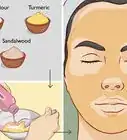This article was co-authored by wikiHow Staff. Our trained team of editors and researchers validate articles for accuracy and comprehensiveness. wikiHow's Content Management Team carefully monitors the work from our editorial staff to ensure that each article is backed by trusted research and meets our high quality standards.
This article has been viewed 23,060 times.
Learn more...
Sandalwood powder is a wonderfully versatile natural beauty product that can be used to help fight acne, exfoliate the skin, and reduce signs of aging such as dry skin and wrinkles. Sandalwood also has a distinct and subtle pleasant aroma, which is why it’s also often burned as incense and added to fragrances. When it comes to buying pure sandalwood powder, it can be tricky to make sure that you’re getting the real thing. Fortunately, there are a few clues and tests you can use to identify quality, pure Sandalwood powder and separate what’s real and what’s fake.
Steps
Choosing a Reputable Seller
-
1Look at online reviews of the seller to see if they’re legitimate. Look up the store or business online to find reviews left by other customers and businesses that have interacted with them. If you’re buying directly from the company online, check online forums or reviews to see what people are saying about their sandalwood powder. Read the reviews to look for signs that the company is selling low-quality or impure sandalwood powder.[1]
- A few places you can look for reviews include Google Reviews and Yelp, but you can also search the company online and add “reviews” to your search terms to find an online review or forum that talks about the company.
- Look for reviews that are well-written and describe in detail why they believe the powder may or may not be pure, or why the company is reliable or legitimate.
- If the powder being sold in a store is made by another company, look up the company online to read reviews.
-
2Read the comments if you’re ordering from an online retailer. If you’re buying sandalwood powder from an online retailer such as Amazon or Alibaba, read the comments beneath the product descriptions on the web page. Read both the positive and negative comments so you can get a good idea of how the company operates. If they only have negative comments, it may be a sign that they’re not so legitimate.[2]
- Check the comments of dissatisfied customers to see how they were treated by the company when they made complaints or tried to get a refund.
Tip: Keep an eye out for fake product reviews as well that make false or misleading claims designed to get you to order their products. Look out for marketing phrases such as “award-winning” and “one-of-a-kind” as well as overusing the product’s name, which is a strategy often used to improve search engine rankings.
Advertisement -
3Find out if the powder was DNA-tested to be absolutely sure it’s pure. The only way to be completely sure that the sandalwood powder is pure is to have it confirmed by DNA analysis. If the company verifies that their product has been DNA-tested, then you can be sure that the powder is pure.[3]
- Read the product description or look on the company’s website to see if they mention that the powder has been DNA-tested for authenticity.
- Many companies may not have their powders verified by DNA analysis.
Looking for Signs of Fake Sandalwood Powder
-
1Check the label for misspellings or missing information. Read the label on the container or look at the picture of the label in the online product description. Look for any misspellings or grammatical errors, which are signs of a dubious or an illegitimate product and company.[4]
- Look at the quality of the logo and check for a barcode that you can verify online as well.
-
2Find the price of the powder to see if it’s too low. Pure sandalwood powder is expensive to manufacture and distribute, so a surefire sign that a product has been diluted with other powders or is fake is the price point. Check the price of the powder to see if it’s too low. If it is, then it’s likely that it’s too good to be true.[5]
- Pure sandalwood powder often retails for about $10 USD for 1 ounce (28 g).
-
3Look for a contact number or email of the manufacturer. Legitimate manufacturers will have contact information such as a phone number or an email address listed on the packaging or in the online product description so you can reach out to them if you have any issues or questions. The lack of any type of contact information is a sign that the company isn’t legitimate and the sandalwood powder may be fake.[6]
Tip: If there’s a phone number listed, try giving it a call to see if it’s active and it’s actually the company’s phone number for verification.
-
4Smell the powder to see if it has a mild fragrance. Fake or diluted sandalwood powders will often have essential oils that mimic the fragrance of sandalwood added to them, which makes the fake powder smell much stronger and more pungent than the real deal. Give the sandalwood powder a good sniff to see if it has the subtle, but distinct sweet, creamy woody smell of sandalwood.[7]
- Additionally, if you can’t smell anything, then the powder may be diluted and impure.
References
- ↑ https://www.businessinsider.com/how-to-find-fake-products-online-shopping-amazon-ebay-walmart-2018-3
- ↑ https://www.businessinsider.com/how-to-find-fake-products-online-shopping-amazon-ebay-walmart-2018-3
- ↑ https://hal.archives-ouvertes.fr/hal-01101762/document
- ↑ https://www.businessinsider.com/how-to-find-fake-products-online-shopping-amazon-ebay-walmart-2018-3
- ↑ https://www.businessinsider.com/how-to-find-fake-products-online-shopping-amazon-ebay-walmart-2018-3
- ↑ https://www.businessinsider.com/how-to-find-fake-products-online-shopping-amazon-ebay-walmart-2018-3
- ↑ https://hal.archives-ouvertes.fr/hal-01101762/document
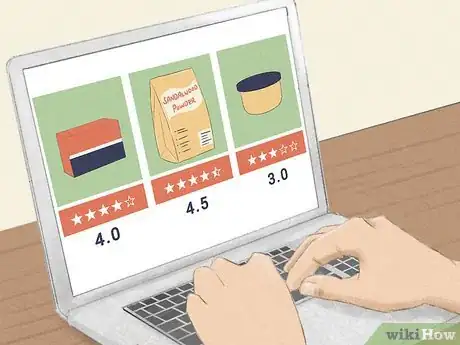

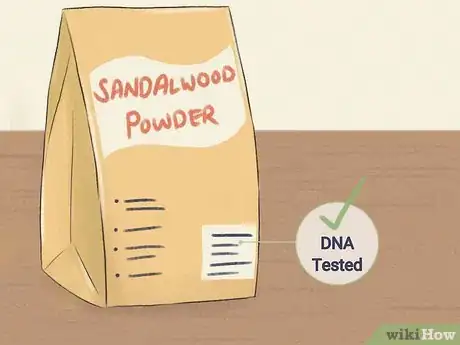
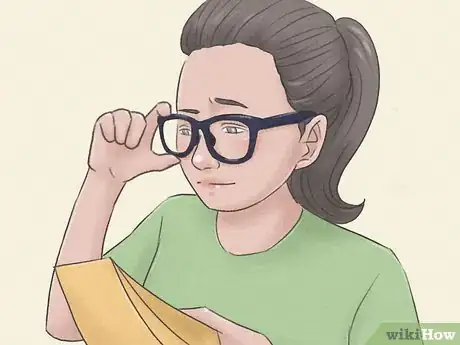
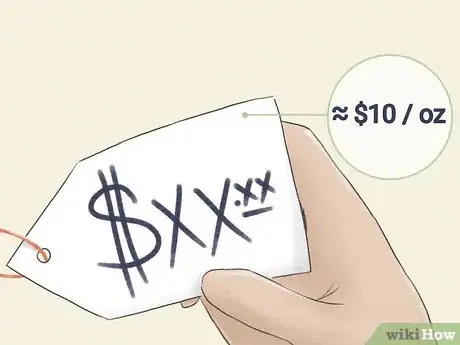
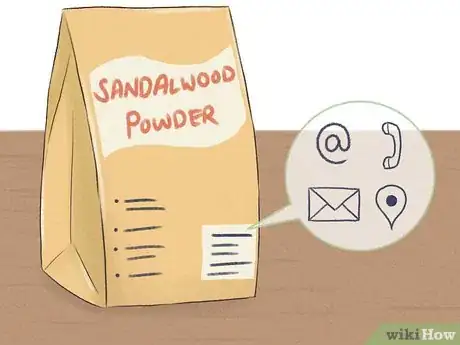
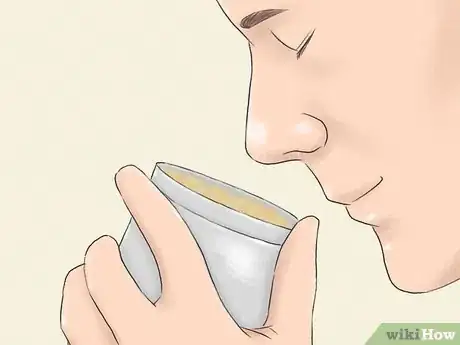

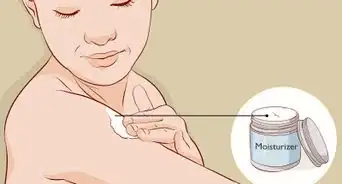
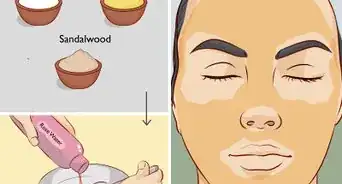



-Step-12-Version-3.webp)















